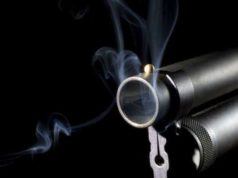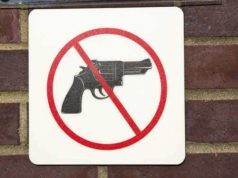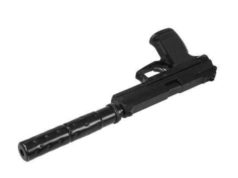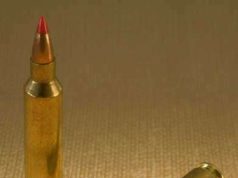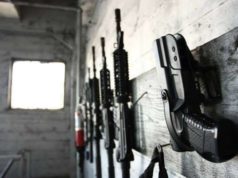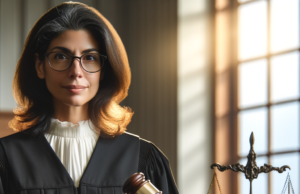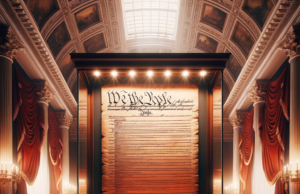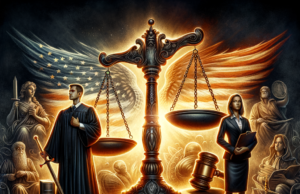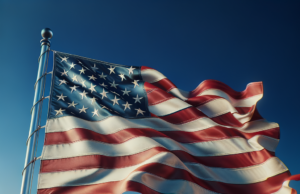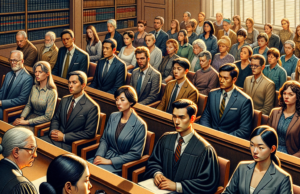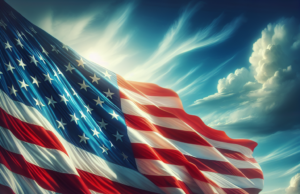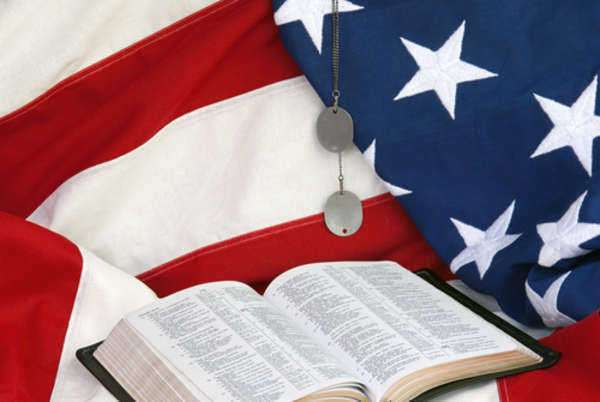
Ironically, the prevalence of illegal guns in America is, in a way, due to attempts to decrease the number of illegal guns in the market. Before American government had put into effect restrictions on purchasing guns and selling guns, most guns were unregistered and unmonitored, yes, but simultaneously of course, there could not have been illegal guns, as there was nothing preventing anyone from purchasing a gun. When the government attempted to regulate guns in an attempt to decrease crime, it inherently necessitated the creation of an illegal gun system, as criminals sought a way to continue to obtain weaponry while avoiding the American government.
In today's world, the primary problem of illegal guns is that they are very difficult to find and deal with. Illegal guns are most often guns which have been stolen, or passed around from owner to owner until they reach the hands of someone who cannot legally possess a gun. Most illegal guns actually have, as their point of origin, a fully legal gun store, which made a fully legal sale. The idea of a black market on which illegal guns are bought and sold is something of an exaggeration, at least within America; the primary source of illegal guns used in crime here is actually the legal gun market.
The issue is made even more complex when one takes into account the fact that each state in America has slightly different laws concerning the regulation of guns. Illegal guns in one state are perfectly legal in another, and this leads to the overall problem of illegal guns in America, as guns may be purchased in one state and transported to another, illegally. According to a report from Mayors Against Illegal Guns, called The Movement of Illegal Guns in America, those states with lax gun laws are strong sources for those who would purchase guns and then transport them to other parts of the country illegally. In other words, the illegal gun trade takes advantage of America's variability in gun laws in order to purchase its soon-to-be illegal guns in a perfectly legal fashion.
The majority of gun crimes committed are crimes in which a gun is never fired, but is simply used as a threat, but simultaneously, a large portion of those juveniles found carrying illegal guns claim that they require the weapons in order to protect themselves from opposing gangs and other threats. This makes the presence of illegal guns in American society even more problematic, as it is possible that some of these illegal guns are, in fact, kept as means of protection in urban environments, where going without a gun at all is much more dangerous than possessing an illegal gun. Crimes are obviously committed using illegal guns, but it is unclear how many illegal guns are obtained specifically for the purpose of committing crimes.
The problem of illegal guns is at the root of the gun control debates in America, as the vast majority of dangerous and criminal gun uses involve illegal guns. But considering that the line between legal guns and illegal guns is a bit more blurred than one might expect, thanks to most illegal guns' origins as perfectly legal guns, the issue becomes all the more complicated.

